News
Apr 07, 2023
CBBC Announces Student Travel Award
The Center for Brain, Behavior, and Cognition (CBBC) at Penn State is pleased to announce a center-specific travel award for a student that will present their own research on integrative mechanisms of behavior or cognition at a national or international scientific conference.
Full Article
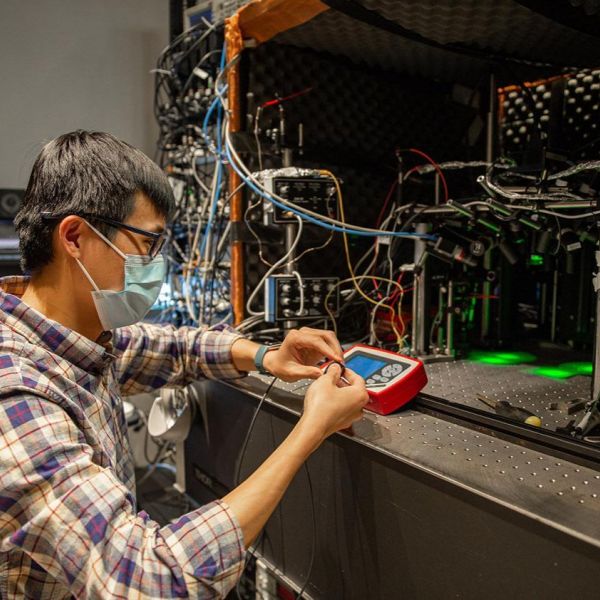
Mar 03, 2022
Researchers publish how-to guide for monitoring and analyzing brain activity
Penn State researchers have developed a set of tools and methods to better monitor and analyze sleep-related signals and fidgeting in rodent brain studies. Considered the bedrock of biomedical research, rodent studies often provide the first advanced understanding of brain activity and are the foundation on which human studies are eventually built.
Full Article

Oct 14, 2021
Robert Sainburg named Huck Chair in Kinesiology and Neurology
Robert “Bob” Sainburg, professor of kinesiology and of neurology and director of the Huck Institutes’ Center for Movement Science and Technology, has been named Huck Distinguished Chair in Kinesiology and Neurology.
Full Article

Jun 30, 2021
David Hughes named Chair in Global Food Security
David Hughes, professor of entomology and biology in Penn State’s College of Agricultural Sciences and creator of PlantVillage, a knowledge platform that helps farmers combat pests and adapt to climate change, has been named the Dorothy Foehr Huck and J. Lloyd Huck Chair in Global Food Security in the University’s Huck Institutes of the Life Sciences.
Full Article
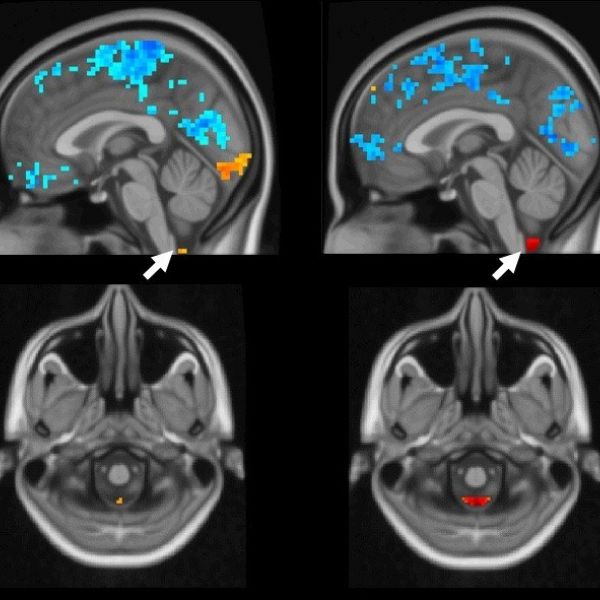
Jun 08, 2021
Coupled brain activity, cerebrospinal fluid flow could indicate Alzheimer's risk
Penn State researchers may have discovered a potential marker to clinically evaluate patients’ risk for Alzheimer’s disease through non-invasive imaging tests, according to a study published in PLOS Biology. The finding may have implications for diagnosis and treatment of the disease that results in significant cognitive decline, the researchers said.
Full Article
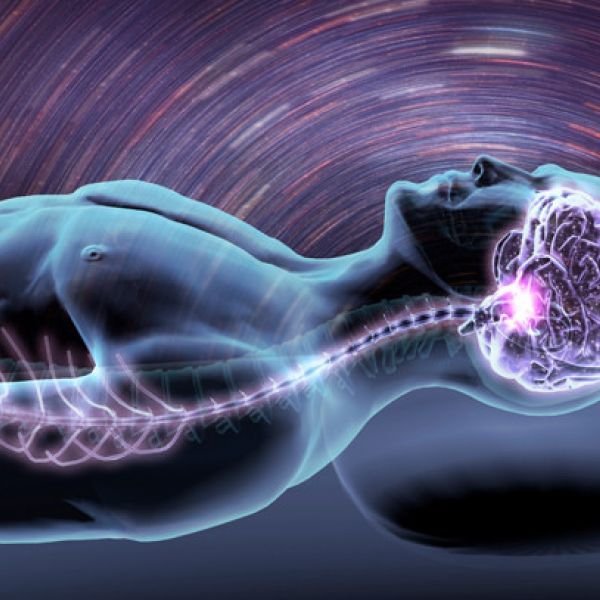
Jan 18, 2021
Increased blood flow during sleep tied to critical brain function
Our brains experience significant changes in blood flow and neural activity during sleep, according to Penn State researchers. Such changes may help to clean out metabolic brain waste that builds up during the day.
Full Article
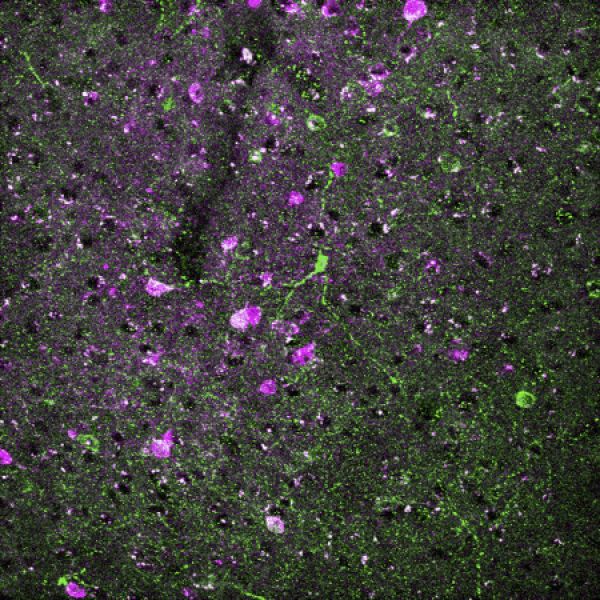
Dec 16, 2020
Some neurons target tiny cerebral blood vessel dilation
Neurons control blood flow in tiny vessels in the brain, but researchers know little about this relationship. Now a team of Penn State engineers has found a connection between nitric oxide expressing neurons and changes in arterial diameters in mice, which may shed light on brain function and aging.
Full Article
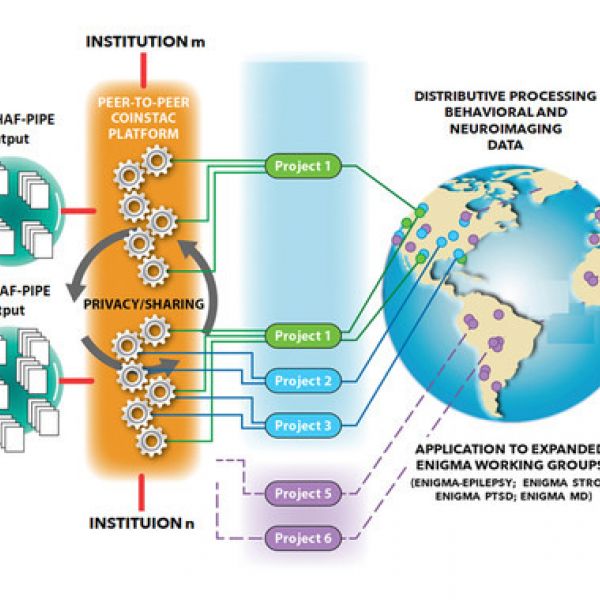
Dec 11, 2020
Psychology professor receives grant to 'harmonize' brain injury data
A provisional grant from the National Institute of Neurological Disorders and Stroke (NINDS), part of the National Institutes of Health, will help Penn State professor of psychology, Frank Hillary, and 37 co-investigators from all over the world promote brain injury data sharing worldwide in the hopes of advancing science and improving patient outcomes.
Full Article
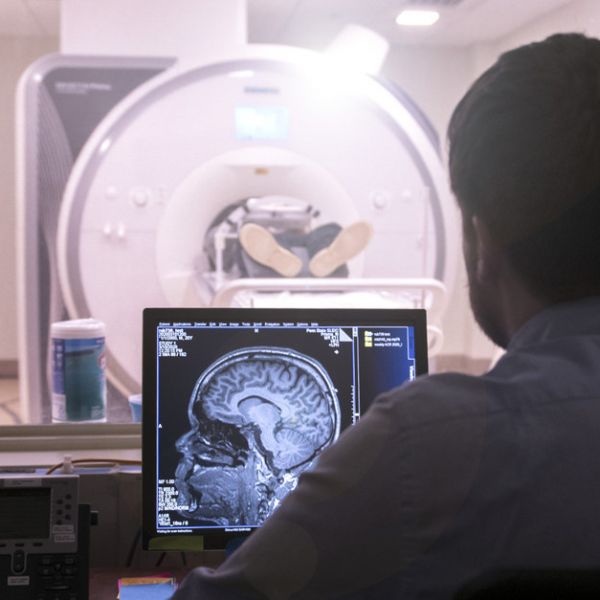
Dec 08, 2020
Making Connections: Psychologist explores the neuroscience of creativity
Is there anything more mysterious — or human — than the creative impulse? Whatever the field of endeavor: music, art, science, business… What accounts for the inspired burst of innovation? The spark that flits to flame and lights the way to something entirely new?
Full Article
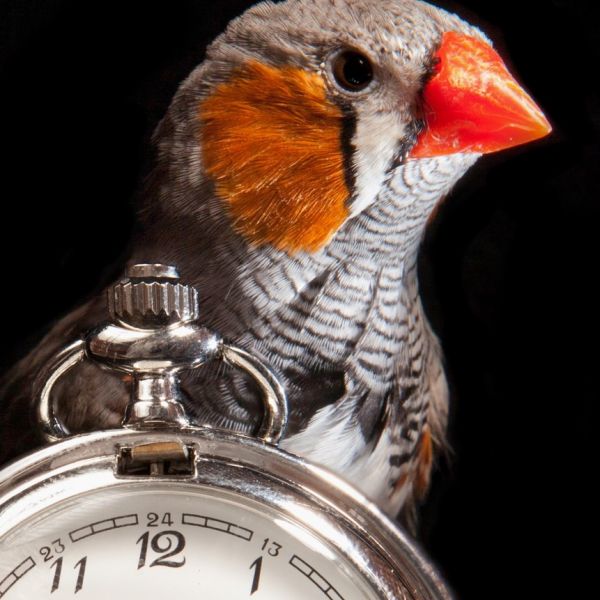
Oct 16, 2020
Researchers deconstruct the 'biological clock' that regulates birdsong
The precise timing of a bird's complex song is driven in part by the often-ignored “wires” connecting neurons in the bird's brain, according to a new study. A team of researchers from Penn State and NYU Langone Health has deconstructed an important “biological clock” that regulates birdsong and other behaviors, leading to new ways of thinking about the function of neuronal networks.
Full Article